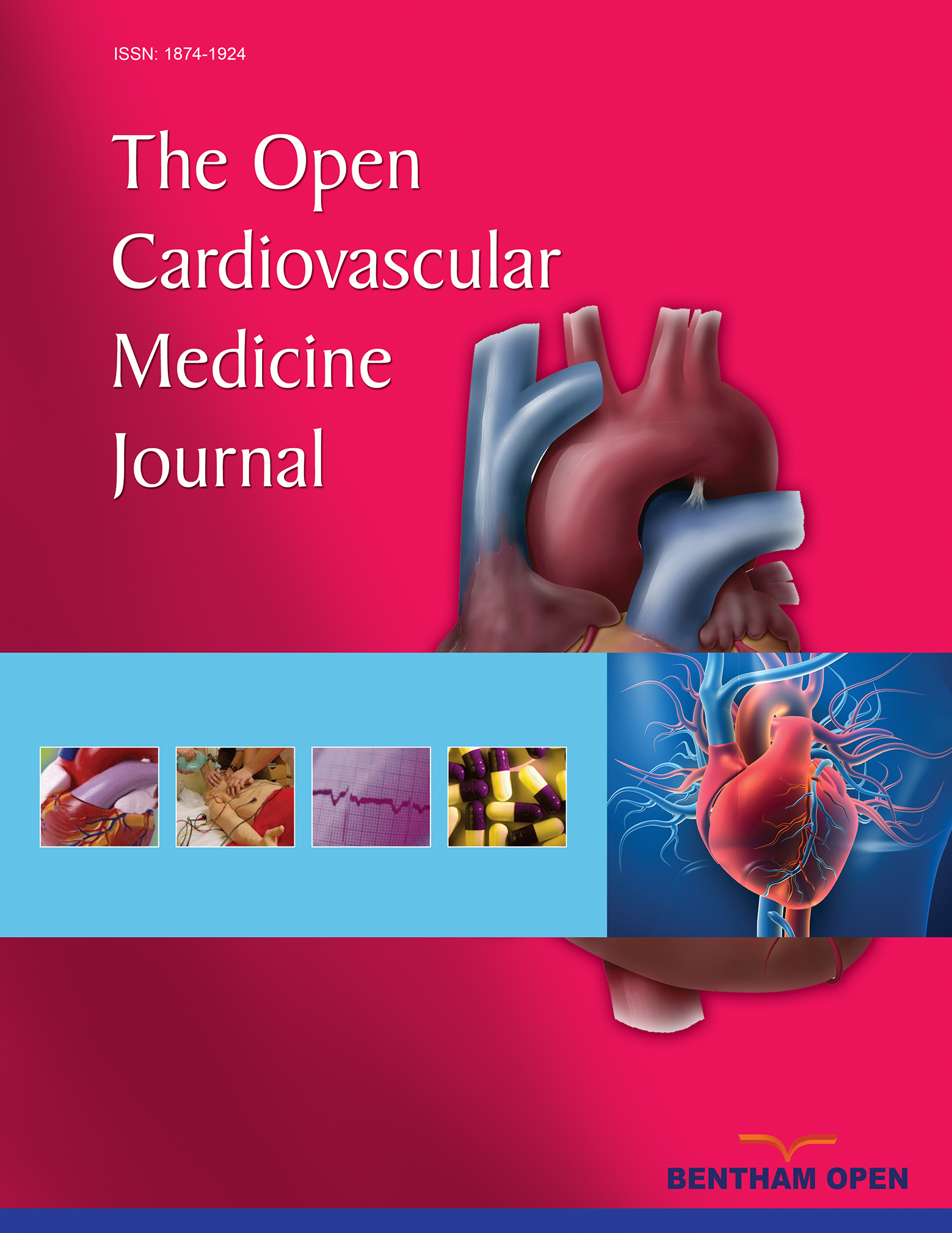All published articles of this journal are available on ScienceDirect.
Long-term Outcome after Percutaneous Coronary Intervention Compared with Minimally Invasive Coronary Artery Bypass Surgery in the Elderly
Abstract
Background:
Elderly patients with unstable coronary artery disease (CAD) have better outcomes with coronary revascularization than conservative treatment. With the improvement in percutaneous coronary intervention (PCI) techniques using drug eluting-stents, this became an attractive option in elderly. Minimally invasive coronary artery bypass grafting (MICS-CABG) is a safe and effective alternative to conventional CABG. We aimed to explore the long-term outcomes after PCI vs MICS-CABG in ≥75 year-old patients with severe CAD.
Methods:
A total of 1454 elderly patients (≥75 year-old patients) underwent coronary artery revascularization between January 2005 and December 2009. Patients were selected in the study if they have one of the Class-I indications for CABG. Groups were divided according to the type of procedure, PCI or MICS-CABG, and 5 year follow-up.
Results:
Among 175 elderly patients, 109 underwent PCI and 66 had MICS-CABG. There was no significant difference observed in both groups with long-term all-cause mortality (31 PCI vs 21% MICS-CABG, p=0.151) and the overall 5 year survival was similar on Kaplan-Meier curve (Log rank p=0.318). The average length of stay in hospital was significantly shorter in the PCI than in the MICS-CABG group (4.3 vs 7.8 days, p<0.001). Only 4.7% of the PCI group were discharged to rehabilitation facility compared with 43.9% of the MICS-CABG group (p<0.001). The rate of repeat revascularization was significantly higher in the PCI group than in the MICS-CABG group (15 vs 3%, p=0.014).
Conclusion:
Among elderly patients, long-term all-cause mortality is similar after PCI and MICS-CABG. However, there is a significantly higher rate of repeat revascularization after PCI.


